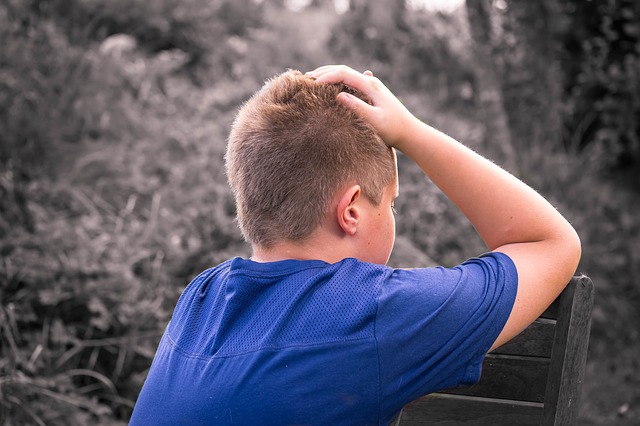I have to be honest – I don’t like time-outs for children. I have never fancied putting my children in a room or on a step to think about what they have done (or not done), and then come and apologise to someone when they are ready or in a set time. I think time away to think about something and make it a lot less formal and disciplinarian is much better for me and my children when things aren’t going well or there is meltdown. As I said I am not a fan of time-outs but prefer time-away.
Time-Outs Vs Time-Away
I do like ‘time-away’. Time away is taking yourself out of a situation by excusing yourself with the words ‘I do not want to get upset or angry and do something I will regret, so I am going to leave the room and will return when I am calm’ or something similar. I think it is something children can do once they are older and can recognise these types of feelings. It takes away the child or the adult doing something they later regret. It shows children that you don’t always need to react there and then and that coming back into a situation when you feel calm can make the situation easier to deal with and there is a lot less shouting.
There is no need for punishment which I see ‘time-out’ as. I see ‘time-away’ as discipline – self-discipline over a situation. This is what my time-away looks like:
- Hold the child until they calm down and then talk through the situation. (This still works with my 9 year old)
- Suggest they go and do something else so that they calm down.
- Use consequences that will make the child think about what they would do next time in that situation.
- Start over. Starting again from the situation where it did not go well and doing it differently so that you shift focus on what went wrong.
- Do something different together so that the child knows they are loved and explain later to them what you didn’t like about their behaviour.
Which methods have you tried and which were most successful for your child?
For more help with parenting have a look at The Parent’s Toolkit. It addresses so many areas of a child’s life.

